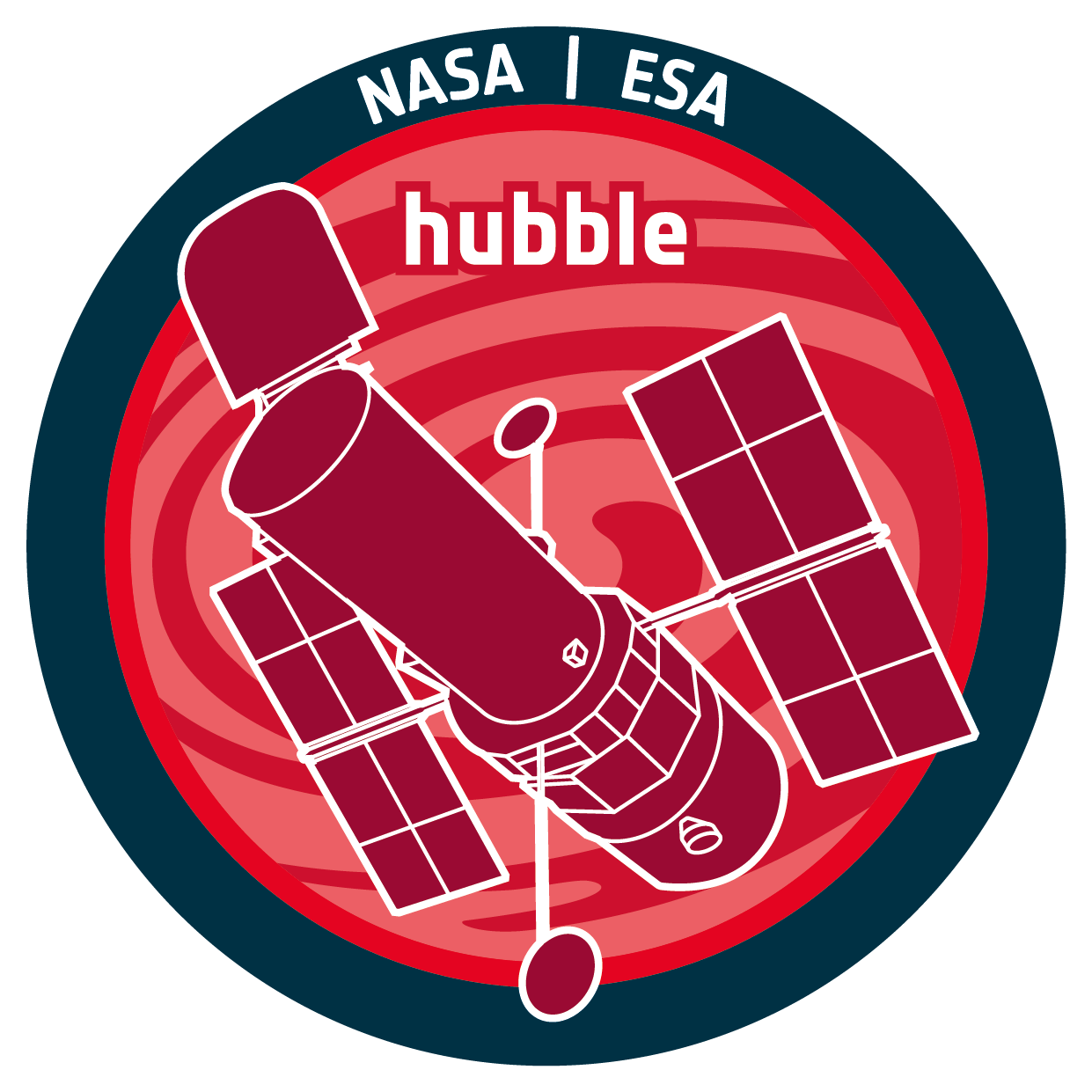

| Name | 14783 |
| Title | Detecting Isolated Black Holes through Astrometric Microlensing |
| URL | https://hst.esac.esa.int/ehst/#/pages/search;proposal=14783;TAPCLIENT=DOI |
| DOI | https://doi.org/10.5270/esa-zvyqv8n |
| Author | European Space Agency |
| Description | This is a scientific proposal for HST mission. For specific information please visit https:\\archive.stsci.edu\proposal_search.php?id=14783&mission=hst |
| Publication | An Isolated Stellar-mass Black Hole Detected through Astrometric Microlensing, Sahu, Kailash C.,Anderson, Jay,Casertano, Stefano, The Astrophysical Journal, 933, 2022-07-01 00:00:00, 2022ApJ...933...83S||Supplement: An Isolated Mass-gap Black Hole or Neutron Star Detected with Astrometric Microlensing (2022, ApJL, 933, L23), Lam, Casey Y.,Lu, Jessica R.,Udalski, Andrzej, The Astrophysical Journal Supplement Series, 260, 2022-06-01 00:00:00, 2022ApJS..260...55L||Systematic Errors as a Source of Mass Discrepancy in Black Hole Microlensing Event OGLE-2011-BLG-0462, Mróz, Przemysław,Udalski, Andrzej,Gould, Andrew, The Astrophysical Journal, 937, 2022-10-01 00:00:00, 2022ApJ...937L..24M |
| Instrument | WFC3/UVIS |
| Temporal Coverage | 2017-03-13T06:47:40Z/2017-09-04T07:49:17Z |
| Version | 1.0 |
| Mission Description | Launched in 1990, the NASA/ESA Hubble Space Telescope remains the premier UV and visible light telescope in orbit. With well over 1.6 million observations from 10 different scientific instruments, the ESA Hubble Science Archive is a treasure trove of astronomical data to be exploited. |
| Creator Contact | https://support.cosmos.esa.int/esdc/index.php?/Tickets/Submit |
| Date Published | 2018-09-04T14:38:43Z |
| Publisher And Registrant | European Space Agency |
| Credit Guidelines | European Space Agency, 2018, Detecting Isolated Black Holes Through Astrometric Microlensing, 1.0, European Space Agency, https://doi.org/10.5270/esa-zvyqv8n |